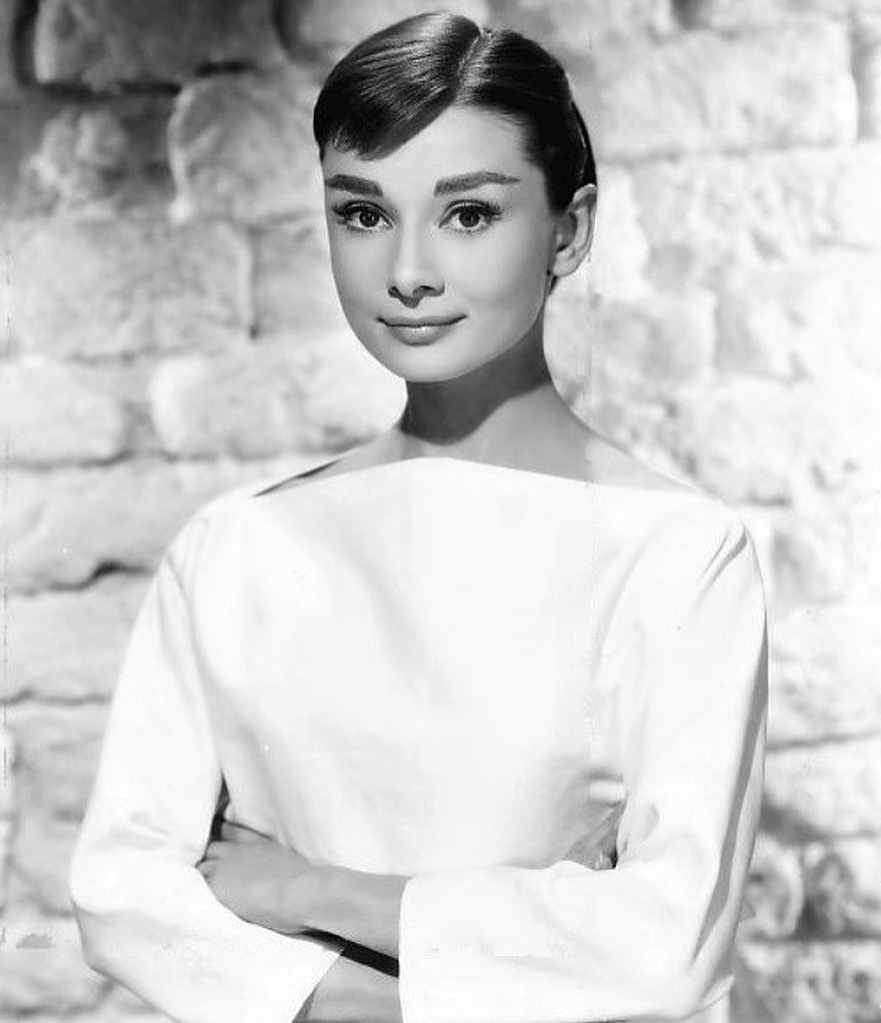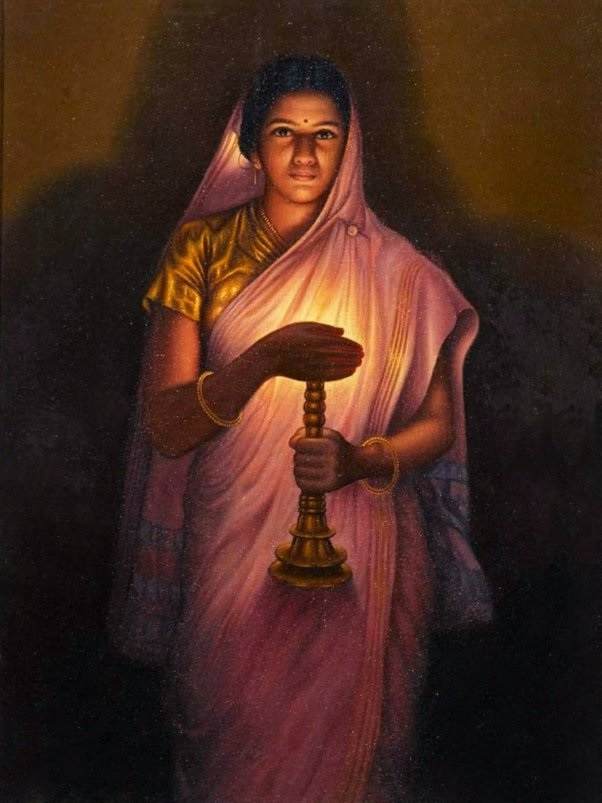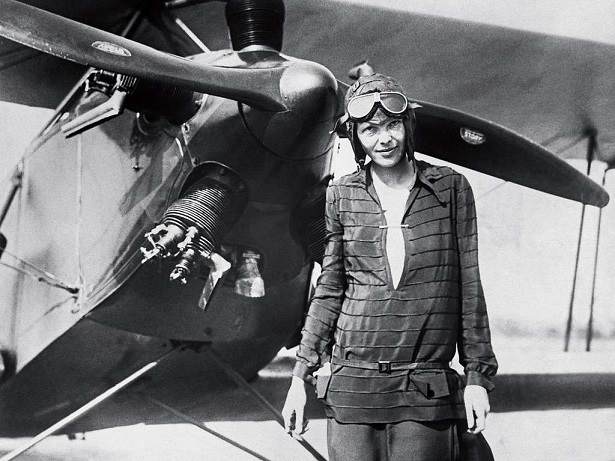As strange and different from their war strategy as the Nazis were, so were their outfits. Many people don’t know about the strange medallion-and-metal strap on the Nazis. but we tell it. An odd ornament on the uniform of German soldiers can often be seen in images from WWII: a triangular metal shield with a relief overlay and an inscription. Collectors have made the accessory a prized possession, and it is practically never seen on the antique market.
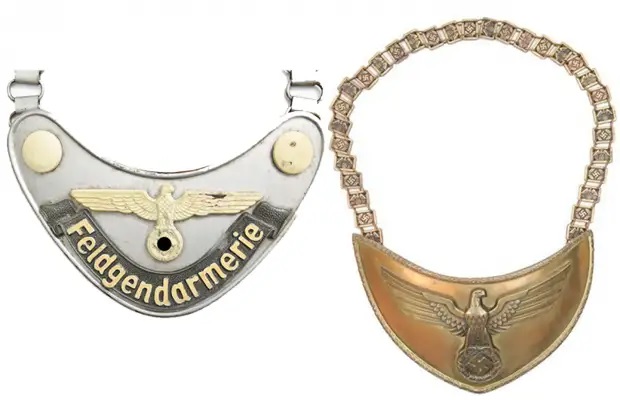
Plate Gorget: Inspiration from the Middle Ages of Germany
A gorget is what we’re talking about. A gorget was a piece of knightly armour in the Middle Ages, consisting of a metal collar that protected a warrior’s jugular canal and throat. Armour became obsolete with the invention of weapons, and the gorget became a sign of knightly dignity.
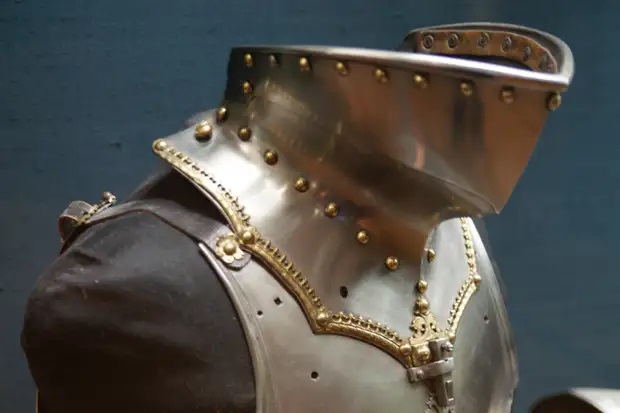
Prior to the introduction of shoulder straps, such a plate served as a reminder that a serviceman was an officer and served as an extra source of military distinction. In fact, even the Russian imperial army wore the gorget. Peter-I introduced a new ingredient, ammunition, which he snatched from the Europeans.
The state insignia was in the middle of the Russian gorget, which was in the shape of a crescent. The insignia was tucked under the collar and affixed to the epaulettes and buttons with laces.
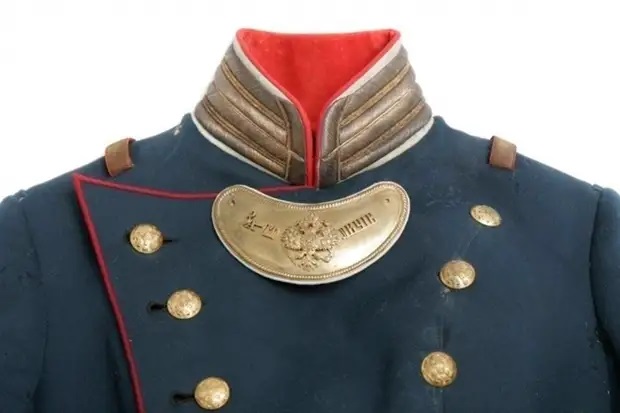
The gorget had vanished from everyday life by the mid-nineteenth century, having been replaced with a decorative part of the dress uniform. By the beginning of the 20th century, in most countries, the steel medallion was completely forgotten.
Knights of the 20th century
Only German commanders, who continued to regard themselves as successors to the old German knighthood, continued to wear gorgets. As a result, the emblem was issued to a variety of military services, including the field, railway, and coastal gendarmerie, the military commandant’s office, and other military divisions. Each service, of course, had its own gorget, which varied in shape, colour, and lining.
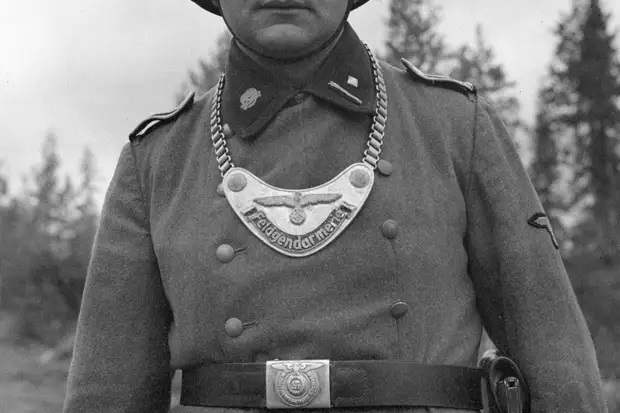
It was designed to be worn on a chain as well as with three clasps. Stamping nickel silver—a copper, nickel, and zinc alloy—was used to create the medallion. Silver or gold plating was applied from above. The eagle, inscriptions, and flags were all painted with a luminous varnish. The gorget was lined with dark linen on the backside.
A collar with a sign: chain dogs
The German gendarmerie was given the moniker “chain dogs” because wearing a silver gorget on a chain, which looked more like a collar with a sign.

The cops, on the other hand, more than justified their moniker. The gendarmes’ principal job was to find and detain deserters, the majority of whom were sentenced to death. The police were also involved in mass arrests and deportations to concentration camps, earning them notoriety even among their own countrymen.
The Germans did not wear gorgets on the Eastern Front, as should be noted. Such a prominent distinguishing mark made the commanders too susceptible to Soviet snipers, scouts, and partisans, who had been on the lookout for Gorzhet-bearers since the beginning of the war.

About the Author
Ankita is a German scholar and loves to write. Users can follow Ankita on Instagram ![]()
15 People Who changed the world with own passion
People who changed the world are amazing, which has been created by the passion of…
AMAZING JEANS HISTORY THAT EVOLVED OVER THE PAST CENTURY
Jeans are so normal and we all are used to it around the world. but…
Why Raja Ravi Varma Was Always a Modern Painter
Raja Ravi Varma (29 April 1848 – 2 October 1906) was a renowned Malayali Indian…
7 things that scientists can’t answer
The origins of the Universe, the construction of the pyramids, and other mysteries have been…
The Warmth and Beauty of Jaipuri Quilt (Jaipuri Rajai) in Winter Days
Welcome to the Pink City of Jaipur, where winter brings the pink chill and the…
How Lucia Javorcekova Transitioned from Cycling Champion to Playboy Model
Move over, Lance Armstrong; there’s a new cycling sensation in town, and she’s not afraid…
